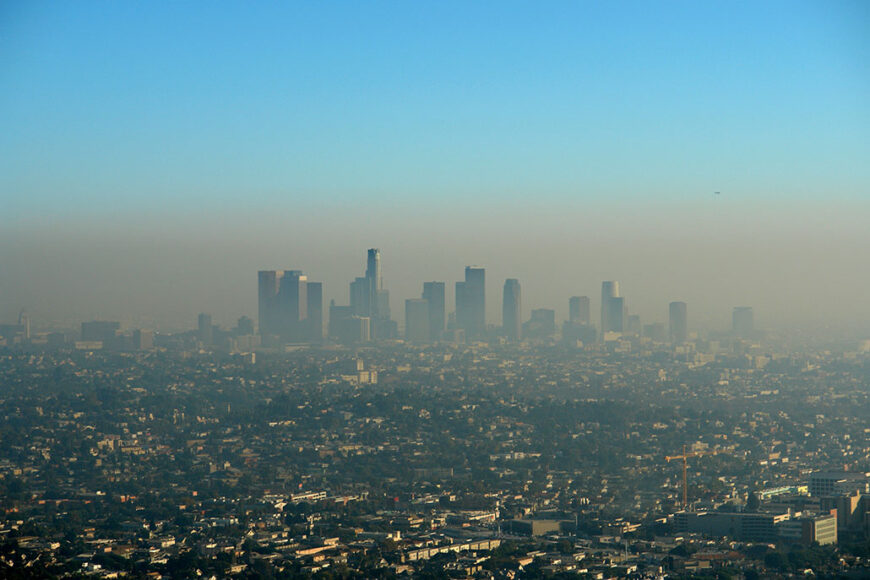Questions for “COVID-19 cut pollution in 2020, warming the atmosphere”

The haze seen here hanging over Los Angeles, Calif., is due to tiny aerosols hanging in the air. Early last year, COVID-19 lockdowns briefly reduced air pollution in industrial cities. That, in turn, cut the light-colored, planet-cooling airborne particles. This briefly warmed some regions by as much as 0.37 degree Celsius (0.67 degree Fahrenheit).
steinphoto /iStock/Getty Images Plus